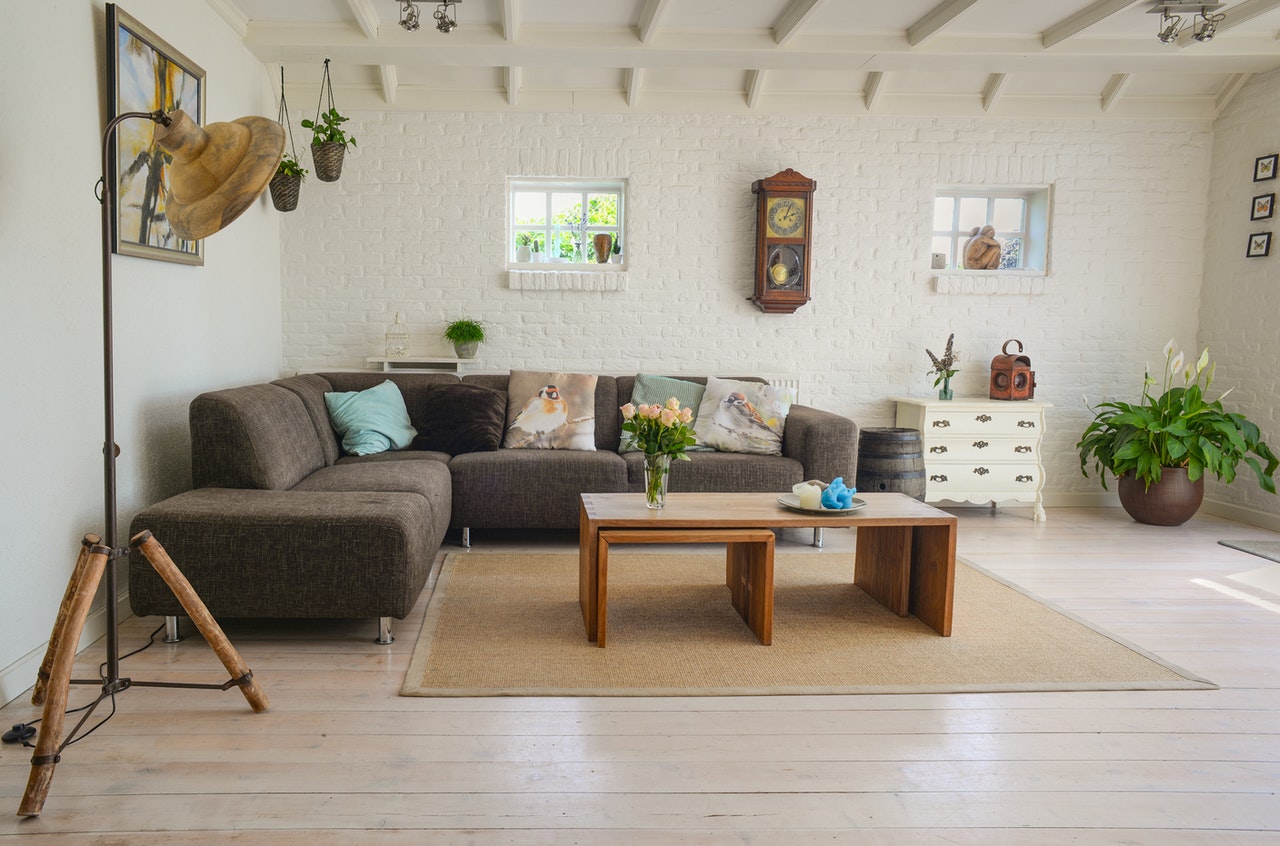We all need a good dose of nature, especially in these uncertain times. As we seek to recover from the pandemic and its subsequent recession, we’re all dealing with more stress and anxiety than ever before. It’s natural to seek refuge, even if most of us can only escape to our own yards.
Lockdown measures and work from home arrangements have more people investing in ways to improve the landscape outside their homes. But spending a lot of time, effort, and resources on our lawns and gardens isn’t sustainable.
In the long term, will you be able to continue devoting your energies to the management of your landscape? What about the environmental impact of consuming water or using chemical sprays and fertilizers? A better alternative would be allowing nature to do the bulk of the work. Here’s how you can go about it.
Let your yard grow wild
If you’ve seen pictures of Angkor Wat, you’ll know that over time, nature can take over man-made cities. Trees can grow off unused buildings and subdue them into ruins. Even in harsh natural environments like deserts, countless plant seeds are lying dormant in the sands. When the brief rains do arrive, a rare phenomenon known as the desert bloom occurs.
The takeaway is that you can leave nature to its own devices, and it will bring forth life. Your garden is neither a city nor a desert; somehow, some plants will find a way to thrive there.
But what about fertilizers, pesticides, herbicides, and all the other gardening ‘essentials’? Yes, landscaping professionals and experienced gardeners use them. But they are techniques and tools to achieve a specific end; usually, that involves growing specific plants for aesthetic purposes, even in spite of unfavorable conditions.
And it’s a professional’s job to achieve this; they can draw upon considerable resources to make it happen. For most homeowners, following this practice flies in the face of sustainability. Why struggle to cultivate a species that would perish without your continued support?
Instead, you can simply let native plants grow in your yard. They have evolved to be well-adapted to local conditions, not needing additional soil nutrients or chemicals. They have mechanisms for disease and pest resistance. And they often have mutualistic relationships with local pollinators that will benefit your burgeoning garden as well as the surrounding area.

Making select interventions
Of course, you can’t simply allow nature to take over your landscape completely. It’s part of your home and will need some level of maintenance. Even durable commercial concrete needs repair when subjected to the elements; if you’re not careful, the insufficient vegetative cover could result in topsoil erosion when it rains or snows.
You’ll also need to keep certain plants in check. This might involve simple pruning of tree branches as they grow too close to your roof. However, you might also have to identify and manage potential invasive species that could negatively affect diversity on your property and beyond.
On the whole, you’ll want to limit your interventions only to what’s strictly necessary. For example, it’s fine to mow down or trim unkempt patches. But leave the trimmings in place as mulch; this will help to maintain soil quality and restore the nutrients those plants had consumed.
The same principle applies to soil management. If you’re starting out with excessive sand or clay, you can supplement that with nutrient-rich loam. But over time, as plants grow, refrain from adding more; use mulch and compost instead as sustainable inputs to enrich the soil.
Back and forth with nature
Perhaps the most significant change you need to make when you take this approach to manage your landscape involves your mindset. You need to free yourself from the urge for instant gratification, or the idea that the only acceptable lawn is a well-manicured monoculture.
At the same time, you’re still a human and a homeowner. You have to acknowledge the personal factors involved when you enjoy this green space around your home.
If you find some of the wild plants in your yard pleasant, you can weed out vines that could strangle or block out their sunlight. You can practice integrated pest management to bring insects under control.
Your yard will become its own little ecosystem over time. It will evolve over months and years as conditions change. Pay attention to those changes, and you can engage in an effective back-and-forth relationship with nature. You can let nature do most of the work in this way, and enjoy a thriving garden without getting carried away in terms of effort and resources.











